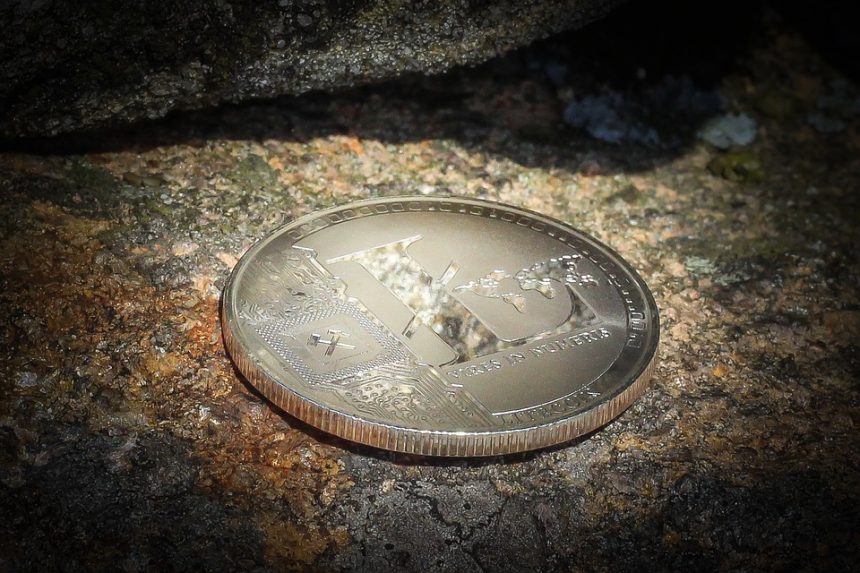From Sushiswap to Uniswap: Understanding the Evolution of DeFi Protocols
In the rapidly evolving realm of decentralized finance (DeFi), protocols have emerged as critical players, reshaping how users engage with financial services on the blockchain. Among the most discussed platforms in this ecosystem are Uniswap and Sushiswap, two decentralized exchanges (DEX) that have garnered attention for their unique features, governance structures, and community-driven initiatives. Understanding the evolution of these platforms provides a microcosm of the broader trends and innovations in the DeFi space.
The Genesis of Uniswap
Launched in November 2018, Uniswap was one of the first DEXs to utilize an automated market maker (AMM) model. Unlike traditional exchanges that require order books, Uniswap allows users to trade tokens directly from their wallets using liquidity pools. In these pools, liquidity providers deposit pairs of tokens to facilitate trading, earning fees proportional to their contributions. This innovative approach eliminated the need for a centralized authority, empowering users with greater control over their assets.
Uniswap’s design was revolutionary; it simplified the trading process, reduced barriers to entry, and democratized access to liquidity. With its governance token, UNI, introduced in September 2020, Uniswap shifted towards a more community-centric model, allowing token holders to propose and vote on changes to the protocol. This decentralization of governance marked a significant step in creating an inclusive and responsive DeFi ecosystem.
The Rise of Sushiswap
Sushiswap launched in August 2020 as a fork of Uniswap, quickly capturing the attention of DeFi enthusiasts. While Sushiswap echoed many features of Uniswap, it aimed to differentiate itself with unique offerings. One of its most notable innovations was the introduction of a community-driven approach to governance, incentivizing users to stake their liquidity provider tokens to earn SUSHI, the platform’s native token.
Sushiswap not only adopted the AMM model but introduced additional features such as yield farming and a DEX governance structure. By allowing users to earn rewards in the form of SUSHI for providing liquidity, it incentivized participation and attracted a diverse array of users seeking higher returns. This community-centric model fostered a sense of ownership that resonated with many DeFi users disenchanted with traditional financial institutions.
Competition and Collaboration
The launch of Sushiswap sparked a competitive dynamic within the DeFi ecosystem, with numerous protocols emerging, each seeking to carve a niche. The rivalry between Uniswap and Sushiswap led to a proliferation of DEXs, resulting in increased innovation and enhanced user experiences. Users benefited from improved trading options, lower fees, and innovative yield farming mechanisms, ultimately enhancing the overall liquidity in the DeFi landscape.
Despite the competition, collaboration also played a crucial role in the evolution of these protocols. Sushiswap implemented features such as the "Wine and Dine" initiative, which allowed liquidity providers on Sushiswap to vote on projects for potential integration and support, highlighting a shift toward community involvement. This trend of collaboration has continued to grow, with various DeFi protocols integrating services and sharing liquidity, further enriching the ecosystem.
The Future of DeFi Protocols
As DeFi protocols continue to evolve, the lessons learned from the journeys of Uniswap and Sushiswap will prove invaluable. Both platforms have demonstrated the importance of community governance, incentivization, and user engagement in building robust and resilient ecosystems. Their successes and challenges illustrate the volatility and experimentation intrinsic to the DeFi space, as developers and users alike seek innovative solutions to meet emerging challenges.
Looking ahead, the future of DeFi protocols is likely to involve further integration of layer-2 solutions to improve scalability and reduce gas fees, cross-chain interoperability to facilitate smoother asset transfers, and the continued exploration of governance models that empower users more effectively. With the foundation laid by protocols like Uniswap and Sushiswap, the DeFi landscape will likely continue to mature, driven by community engagement, experimentation, and a relentless pursuit of innovation.
Conclusion
The evolution of DeFi protocols from platforms like Uniswap to Sushiswap reflects the transformative impact of decentralized finance on the broader financial landscape. As these protocols continue to innovate and adapt, they exemplify the spirit of collaboration and community that defines the DeFi movement. Understanding this evolution not only provides insight into current trends but also hints at the exciting possibilities that lie ahead in the ever-expanding world of decentralized finance.





